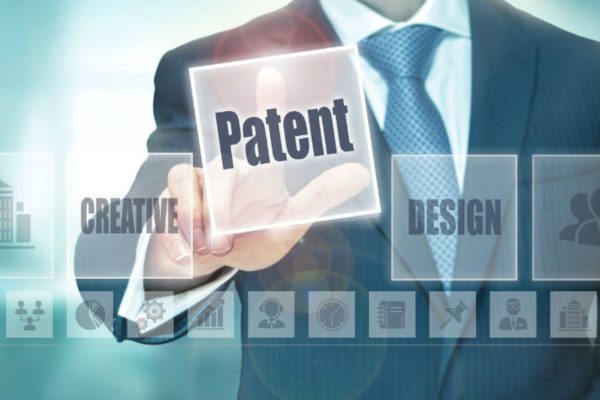Copyright laws have been fundamental to American culture since the founding of our nation — they are one of the specific powers granted to Congress under the Constitution. And this month, we celebrate 40 years of operating under the 1976 revision of the copyright law.
Simply put, the revision has been one of the best upgrades in a long time and has been critical in the success of the arts in our nation. But today, copyright law faces new challenges, particularly with the explosion of social media.
Forty years ago, I was barely out of law school and had started a new job when a magazine client wanted advice about the new copyright law. Never having studied copyrights, I read and read and read, learning about copyright. What I found was a congressional bipartisan effort to create an intellectual infrastructure that worked for artists and authors, publishers and moviemakers, and creators in media formats that had not been invented yet.
The elegance of the revised copyright law is what set it apart. The previous law was not artist or author friendly. The new law anticipated technological change by simply providing that copyright attaches to “original works of authorship, fixed in any tangible medium of expression.” No need to worry about whether a digital image is a “photograph” or a YouTube video is a “movie.” It is all eligible for copyright. This is a good thing.
The 1976 law created an intangible property right that could be registered like a land title and carved up anyway the owner liked. And for artists and authors with little bargaining power, it offered the promise that, no matter what the agreement, at a future date they or their heirs had the right to terminate any copyright transfers and have the rights revert to them. It also made the copyrights inheritable, granting heirs of the authors and artists an opportunity to enjoy the benefits of their copyrights.
The law also helped clarify copyright ownership when the creation occurred in the course of work for another: the work-made-for-hire doctrine. Although the U.S. Supreme Court did have to weigh in twice on the issue, in general the copyright law’s structure has facilitated an explosion in creativity and wealth.
But now things have changed, and the law faces new hurdles with social media and the sharing by regular folks who have not considered, or worried about, the repercussions of copying a photograph or news article and pasting it on their blog or Facebook page.
Newspaper and magazine publishers along with major news organizations do worry about such things because, among other things, they are a bigger litigation target. Think about it: Someday a successful (and well-heeled) blogger with a cavalier attitude about sharing is going to get hit with a big lawsuit and discover that sharing a copy of someone else’s copyrighted piece online without permission can have serious consequences.
Perhaps one of the biggest problems with the current copyright law is the absence of clarity on what constitutes “fair use.” Fair use is intended to recognize that certain types of uses of copyright material are “fair” and not the basis for an infringement claim.
But beyond four general, nonspecific criteria in the law, there are few clear standards. This gray area can hamper artists who sample the works of others or rely on parody for their creative work. Often the answer cannot be determined until the last court rules. Clearer standards are needed — either in the law or as a result of industry recognition of basic best practices — and would go far to improve the copyright regime.
Is the copyright law perfect? No, but it is a good bedrock upon which the law can work to address the new challenges that arise from changes in technology and advances in creative works. And in these troubled political times, we should draw some comfort in realizing that this bipartisan, nuts-and-bolts structure was formed in the midst of another politically charged troubled time in 1974 when the Watergate crisis was at its peak.
If a bipartisan effort like this could be created for the advancement of the arts back then, perhaps we can still address the basic issues of our physical and intellectual infrastructure without political bias. That would be refreshing.
David H. Donaldson Jr. is a media law adjunct professor in the Moody College of Communication at The University of Texas at Austin.
A version of this op-ed appeared in the Waco Tribune Herald, Austin American Statesman, and San Antonio Express News.
To view more op-eds from Texas Perspectives, click here.
Like us on Facebook.




